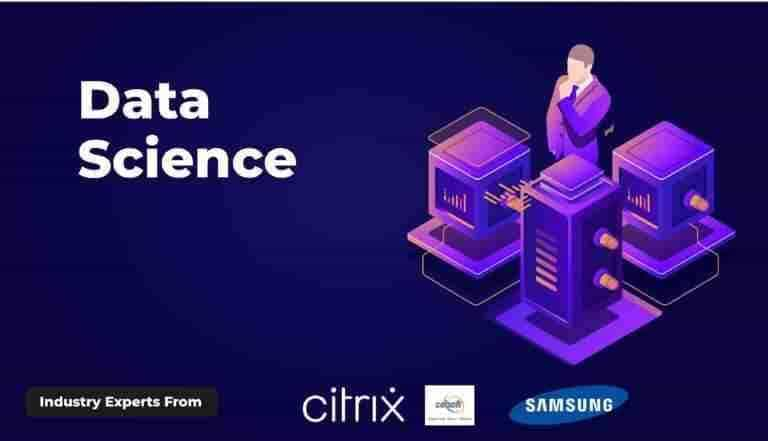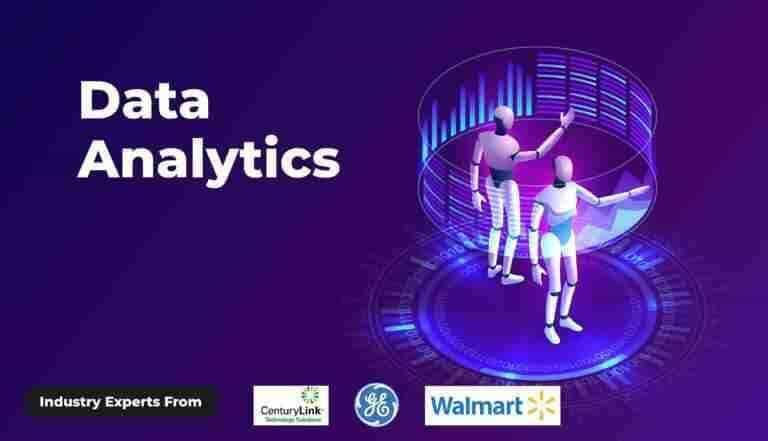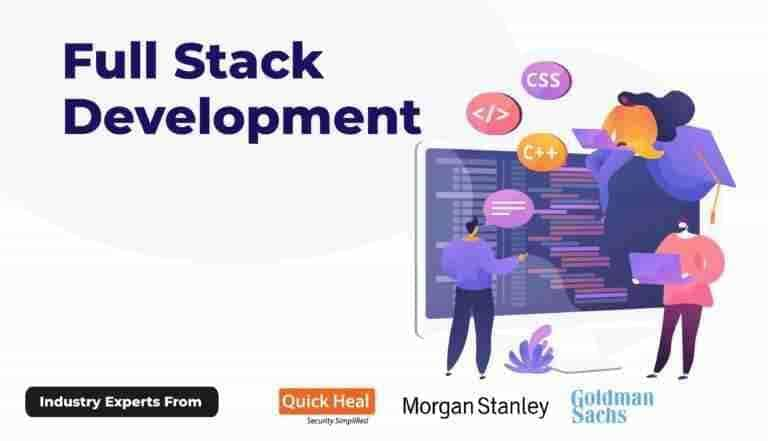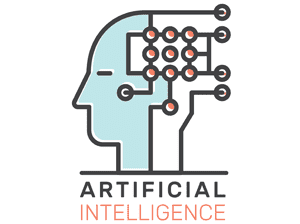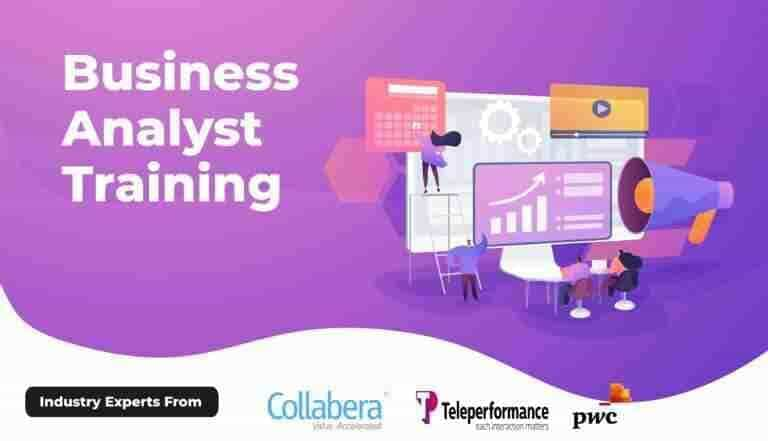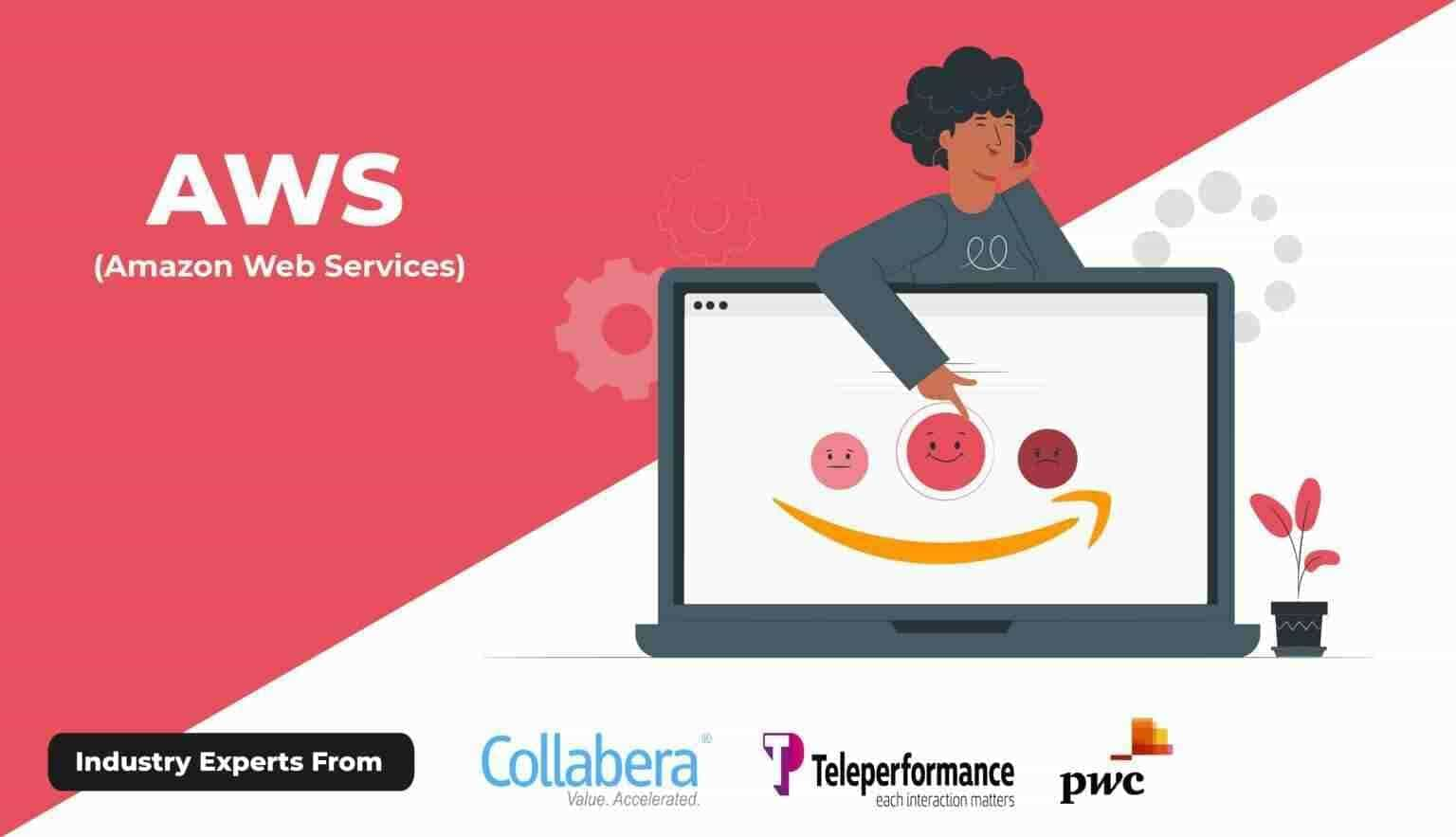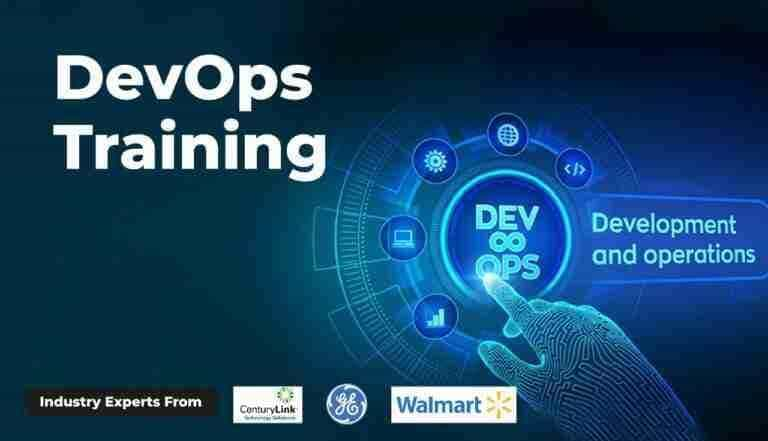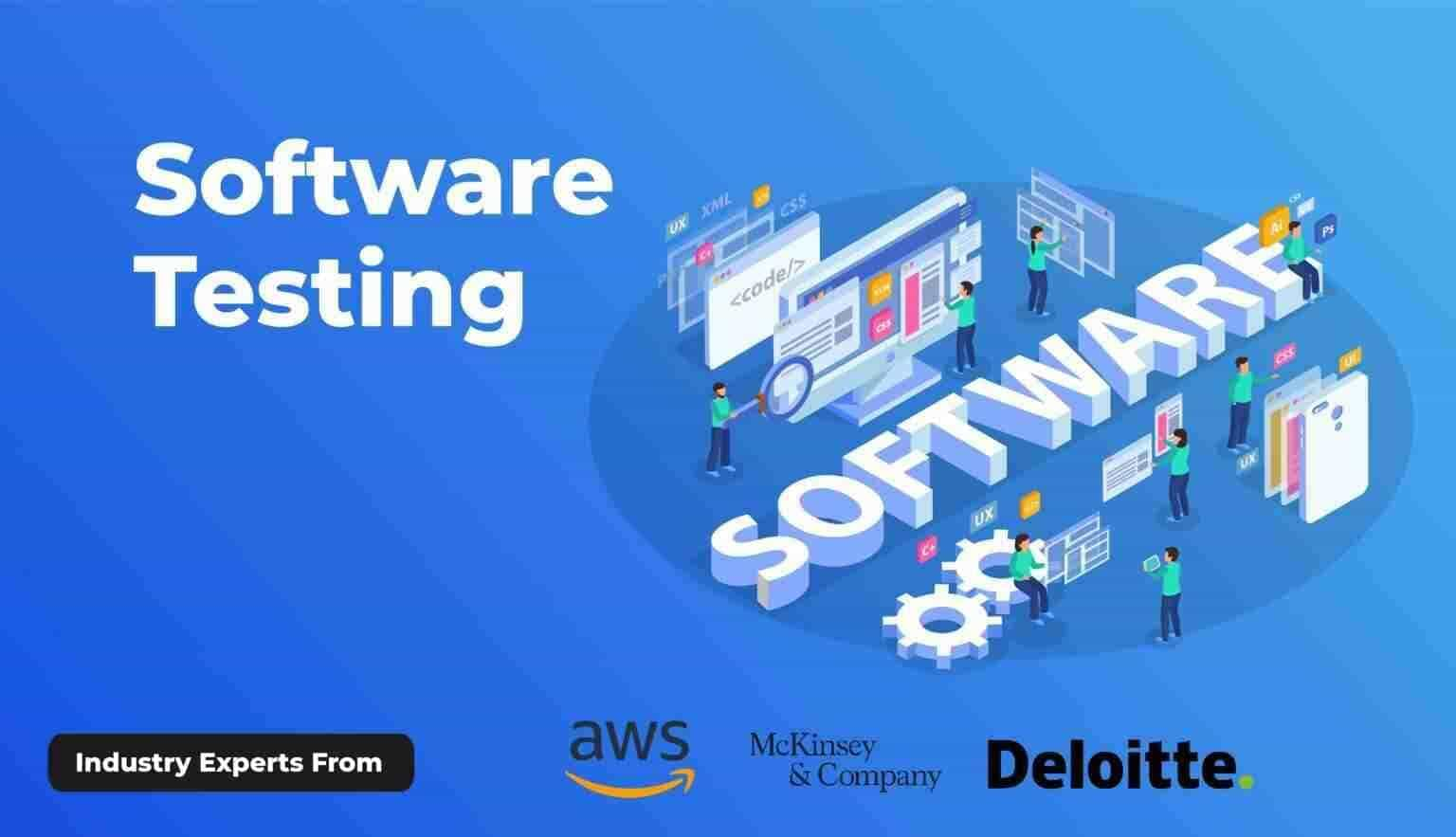The Difference Between OLAP and OLTP: A Detailed Comparison
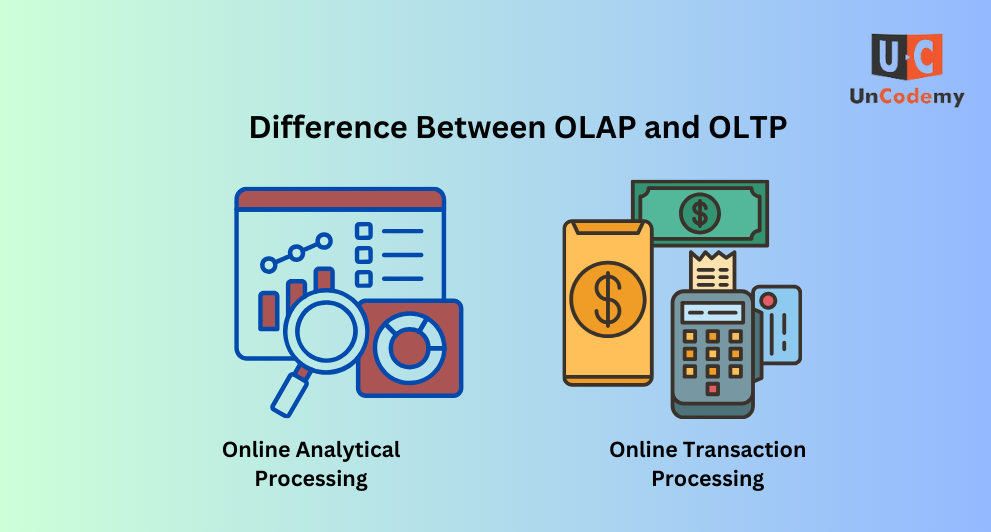
In this blog post, we will explore the key differences between OLAP and OLTP, their architecture, use cases, performance requirements, and provide examples to help you understand when and why each is used.
What is OLAP?
OLAP stands for Online Analytical Processing. It refers to a category of data processing that enables users to analyze large volumes of data from multiple perspectives. OLAP systems are designed for complex queries, analysis, and reporting, and they are often used in business intelligence (BI) applications. The main objective of OLAP is to provide insights that help in decision-making, strategic planning, and forecasting.
When to Use OLAP
Use Cases for OLAP
OLAP is primarily used when you need to analyze large datasets, generate reports, and gain insights that can aid in strategic decision-making. Below are common scenarios where OLAP systems are particularly useful:
- Business Intelligence (BI) and Reporting
- OLAP is perfect for business analysts, data scientists, and executives who need to analyze historical data, spot trends, and produce complex reports.
- Example: An e-commerce company might use OLAP to analyze monthly sales data across different regions and products to identify trends, peak sales periods, or customer preferences.
- Data Warehousing and Data Mining
- OLAP systems are well-suited for storing large volumes of historical data in a data warehouse. They support advanced data mining techniques, helping businesses discover patterns, correlations, and other valuable insights from data.
- Example: A financial institution may use OLAP for analyzing historical stock market data, helping analysts discover patterns that can inform trading strategies.
- Forecasting and Trend Analysis
- OLAP allows organizations to forecast future business activities based on past performance. This makes it ideal for use in planning and forecasting models.
- Example: A retail chain could use OLAP to analyze seasonal sales data, helping to forecast inventory requirements for the upcoming quarter.
- Customer Insights and Personalization
- Businesses use OLAP for detailed customer behavior analysis, allowing them to better personalize marketing campaigns, products, or services.
- Example: A company could use OLAP to track customer interactions over time and segment users based on purchasing habits, helping to create personalized offers and promotions.
Advantages of OLAP
- Quick Query Responses
- OLAP systems are optimized for fast query responses, even for complex analytical queries that aggregate large volumes of data. Through indexing, caching, and pre-aggregated data, OLAP systems can return answers quickly.
- Multi-Dimensional Analysis
- OLAP allows users to view and analyze data from different angles (dimensions). This multi-dimensional approach makes it easy to explore data in a variety of ways and draw meaningful insights from it.
- Improved Decision-Making
- With OLAP’s ability to aggregate and summarize large datasets, it empowers businesses to make data-driven decisions, understand trends, and set informed strategies based on analytical insights.
- Data Exploration
- Users can “slice and dice” data, drill down into specifics, and roll-up data into higher levels of aggregation. This flexibility allows users to discover hidden patterns and perform detailed analyses.
Disadvantages of OLAP
- Costly and Complex to Implement
- Building and maintaining an OLAP system can be expensive, especially when dealing with large-scale datasets. The architecture requires sophisticated tools and expertise for optimal performance.
- Not Suited for Real-Time Processing
- OLAP systems are designed for analytical workloads, not real-time transactional operations. As such, they are not ideal for scenarios requiring constant, immediate updates to transactional data.
- Limited Transactional Integrity
- OLAP systems are focused on analysis, not transactional integrity. As such, they may not be suitable for situations requiring strict ACID compliance (Atomicity, Consistency, Isolation, Durability) for each transaction.
What is OLTP?
OLTP, or Online Transaction Processing , refers to a category of data processing that supports transaction-oriented applications. OLTP systems are used to manage and store day-to-day transactional data, such as customer orders, payments, and inventory updates. These systems are optimized for high-speed, real-time transactions where the focus is on managing large numbers of short, frequent transactions.
Unlike OLAP, which focuses on complex queries and data analysis, OLTP is concerned with ensuring the integrity, accuracy, and consistency of data during transactional operations.
When to Use OLTP
Use Cases for OLTP
OLTP systems are best suited for handling real-time transactions and supporting day-to-day operations. They are designed for scenarios where data needs to be processed quickly, accurately, and consistently.
- Financial Transactions and Banking Systems
- OLTP is ideal for systems that handle sensitive transactions, such as online banking, stock trading, or credit card payments. These applications require immediate processing of each transaction with guaranteed accuracy and consistency.
- Example: A customer withdrawing money from an ATM is an example of an OLTP transaction that needs to be processed immediately.
- E-Commerce Platforms
- E-commerce websites rely heavily on OLTP systems to manage customer orders, payments, inventory, and shipping. Every action, such as a customer adding items to a cart or completing a purchase, requires real-time processing.
- Example: Amazon or eBay uses OLTP to manage the ordering and payment process, ensuring that each transaction is processed and updated in real-time.
- Reservation Systems
- OLTP is crucial in applications like hotel bookings or airline reservations, where data must be updated instantly as customers book or modify reservations.
- Example: A user reserving a flight on an airline’s website triggers an OLTP transaction to immediately reserve seats, update available inventory, and process payments.
- Inventory Management and Supply Chain Operations
- OLTP systems are used in inventory management to track stock levels, update product availability, and trigger restocking or reorder processes in real time.
- Example: A grocery store’s POS system is an OLTP system that tracks inventory as products are scanned at checkout, ensuring stock levels are updated instantly.
Advantages of OLTP
- High Transaction Throughput
- OLTP systems are optimized for handling high-frequency transactions, allowing for the rapid processing of multiple small transactions simultaneously.
- Data Consistency and Integrity
- OLTP systems use ACID properties to ensure that data remains consistent and accurate, even when multiple users perform concurrent operations. This makes them suitable for financial and other critical operations that require reliable transactional data.
- Real-Time Data Processing
- OLTP systems are designed for immediate processing, making them ideal for applications where real-time data updates and immediate feedback are crucial. Transactions are processed quickly, and users can see changes reflected instantly.
- Scalability for High-Volume Operations
- OLTP systems are optimized to scale efficiently and handle large volumes of concurrent transactions, which is necessary in applications like online shopping or payment processing.
Disadvantages of OLTP
- Limited Query Complexity
- OLTP systems are designed for quick, simple queries and are not optimized for complex analytical queries. Large, multi-dimensional queries involving complex data aggregations are not well-suited to OLTP systems.
- Performance Decreases Under Heavy Load
- While OLTP systems excel in handling a high number of short, simple transactions, performance can degrade if the system is required to handle heavy query loads or data processing beyond its intended scope.
- Data Redundancy
- Because OLTP databases are usually normalized to avoid data duplication and ensure consistency, queries may involve joining multiple tables, which can be complex and slow under certain conditions.
Key Differences Between OLAP and OLTP
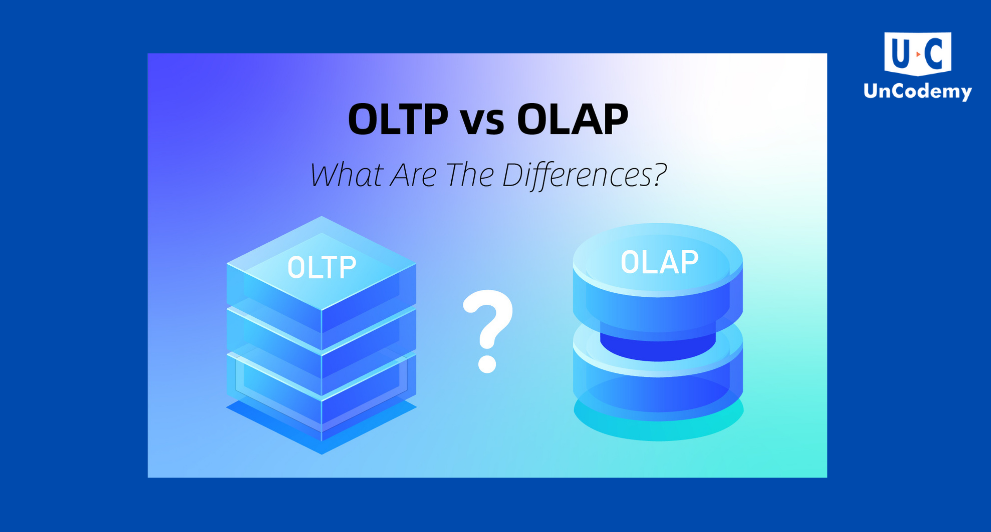
1. Purpose and Use Cases
The most significant difference between OLAP and OLTP lies in their purpose and use cases .
- OLAP: Primarily used for data analysis, business intelligence, and decision support. It allows users to perform complex queries, run reports, and perform data mining or predictive analysis. It’s commonly used in scenarios where you need to analyze historical data, detect trends, and generate insights for decision-making. Common use cases for OLAP include:
- Financial analysis
- Sales and marketing reports
- Inventory management
- Business performance analytics
- Forecasting
- OLTP: Focused on managing day-to-day operations and processing real-time transactions. OLTP systems handle activities like order processing, payment transactions, banking operations, and customer relationship management. It’s designed to ensure data integrity and consistency in environments where multiple users perform concurrent operations. Common use cases for OLTP include:
- E-commerce transactions
- Airline reservation systems
- Banking and financial transactions
- Customer relationship management (CRM) systems
2. Data Model
The data model used in OLAP and OLTP systems also differs significantly due to the types of queries and operations they support.
- OLAP:Typically uses a multidimensional data model, also known as the star schema or snowflake schema . This model organizes data into facts (numeric data such as sales amounts or quantities) and dimensions (descriptive data such as time, location, or product). The multidimensional structure allows for fast querying and analysis along different axes.
- OLTP: Typically uses a relational data model consisting of tables with rows and columns, organized into normalized structures to reduce redundancy. Data is structured to handle the relationships between entities, such as customers, orders, and products. This normalization ensures data consistency and reduces data anomalies.
3. Transactions
Another key difference between OLAP and OLTP lies in how transactions are handled.
- OLAP: OLAP systems generally don’t handle transactional data in the traditional sense. Instead, they focus on reading large volumes of data for reporting and analysis purposes. While OLAP systems can support certain write operations (e.g., when refreshing the data warehouse with updated data), they are designed to handle more complex read-heavy operations.
- OLTP: OLTP systems are designed to handle high volumes of real-time transactions, each of which involves updating, inserting, or deleting a small amount of data. These transactions are typically short, frequent, and atomic, meaning that each transaction either completes fully or doesn’t happen at all (known as ACID properties — Atomicity, Consistency, Isolation, Durability).
4. Query Complexity
- OLAP:Queries in OLAP systems tend to be complex and involve large amounts of data. These queries often include aggregations, summaries, and filtering operations over several dimensions. The complexity arises from the need to slice and dice data across different axes (e.g., time, region, product), which can result in large computational workloads.
- OLTP:Queries in OLTP systems tend to be simple , fast, and transactional. These queries typically involve searching for a specific record, inserting new transactions, updating existing records, or deleting data. OLTP queries are designed to return results in real-time with minimal delay.
5. Data Volume and Size
- OLAP:OLAP systems generally work with large volumes of data , often from different sources (such as operational databases, external datasets, and historical data). The data is usually aggregated and summarized over time to support analysis. A data warehouse that stores OLAP data can grow to enormous sizes, sometimes reaching terabytes or petabytes of data.
- OLTP:OLTP systems handle smaller individual records but at a much higher volume of transactions. While the overall data volume may be smaller in an OLTP system, the number of operations (inserts, updates, deletes) performed can be extremely high. The data size in OLTP systems is usually measured in gigabytes or low terabytes.
6. Performance Optimization
Because OLAP and OLTP serve different purposes, their performance optimizations also differ.
- OLAP:OLAP systems are optimized for fast querying, especially for large and complex queries. To improve performance, OLAP systems often use indexing, data cubes , and pre-aggregation . These techniques allow OLAP queries to be executed much faster, even when analyzing large datasets. OLAP databases may also use materialized views to store precomputed results and reduce query time.
- OLTP:OLTP systems are optimized for high throughput and low-latency They rely on techniques like indexing for fast retrieval of individual records and locking mechanisms to ensure transactional integrity. OLTP databases prioritize quick and efficient transaction processing over complex querying.
7. Data Integrity
- OLAP:Since OLAP systems are primarily designed for analysis, they do not prioritize transaction integrity in the same way that OLTP systems do. The primary focus is on the accuracy and consistency of the data when analyzing trends, not on the individual transactional changes.
- OLTP: Data integrity is a key aspect of OLTP systems. These systems follow ACID (Atomicity, Consistency, Isolation, Durability) properties to ensure that each transaction is processed reliably and consistently, without errors or data corruption. This is critical for applications like banking, e-commerce, and inventory management.
8. Users and Access Patterns
- OLAP : The users of OLAP systems are typically business analysts, data scientists , and executives who need to run complex queries, generate reports, and gain insights into historical data. OLAP systems support batch reporting and ad-hoc querying , where users access large datasets for analysis.
- OLTP: The users of OLTP systems are typically end-users who perform real-time transactional activities, such as placing orders, making payments, or updating inventory. The system must support high concurrency , meaning many users can perform transactions simultaneously without conflicts.
OLAP vs OLTP: Summary of Differences
| Feature | OLAP | OLTP |
|---|
| Purpose | Data analysis, reporting, decision support | Real-time transactional processing |
| Data Model | Multidimensional (e.g., star schema, snowflake) | Relational (normalized tables) |
| Transactions | Complex queries, mostly read operations | Frequent, short transactions (insert/update/delete) |
| Query Complexity | Complex, large queries with aggregations | Simple, fast queries |
| Data Volume | Large volumes of historical data | Smaller data size with high transaction volume |
| Performance Optimization | Optimized for fast querying and analysis | Optimized for transaction speed and reliability |
| Data Integrity | Not a primary concern | Critical for ensuring consistency in transactions |
Conclusion
In summary, OLAP and OLTP are both critical components of modern data processing, but they serve entirely different purposes. OLTP is built to support real-time transactional applications where the focus is on data accuracy, consistency, and performance. On the other hand, OLAP is designed for decision support and business intelligence, where the focus is on querying large volumes of historical data to gain insights and make strategic decisions.
Understanding the differences between OLAP and OLTP is essential when designing data systems or selecting the right database technology for your business. By choosing the appropriate system for the right use case, you can ensure that your data infrastructure supports both day-to-day operations and long-term analysis, ultimately driving informed decision-making and business growth.
FREQUENTLY ASKED QUESTIONS (FAQs)
1. What is the main difference between OLAP and OLTP?
OLAP focuses on analytical processing and complex queries for decision-making, while OLTP handles real-time transactional data, ensuring fast, accurate, and consistent updates for operational tasks like orders and payments.
2. What are the key use cases for OLAP?
OLAP is used for business intelligence, data mining, reporting, forecasting, and trend analysis. It’s ideal for scenarios that require multi-dimensional analysis, such as financial analysis or sales performance.
3. What are the main use cases for OLTP?
OLTP is used for processing high-volume transactional data, such as managing orders, inventory, payments, reservations, and real-time customer interactions, ensuring fast and accurate processing of individual transactions.
4. Which system is better for real-time data processing?
OLTP is better for real-time data processing, as it’s optimized for fast, concurrent transactions and ensures data consistency and accuracy during operational tasks, such as payments or order processing.
5. How do OLAP and OLTP differ in terms of data models?
OLAP uses a multidimensional data model, often structured with star or snowflake schemas, while OLTP uses a relational model with normalized tables for transactional integrity and efficient data storage.
6. Can OLAP and OLTP systems be used together?
Yes, OLAP and OLTP systems can be used together. OLTP handles real-time transactional data, while OLAP can analyze this data, often through data warehousing, to provide insights for strategic decision-making.
7. What kind of queries does OLAP support?
OLAP supports complex queries with large data sets, involving aggregations, filtering, and multi-dimensional slicing. These queries help generate reports, detect trends, and make forecasts.
8. How does OLTP handle data consistency?
OLTP systems rely on ACID properties (Atomicity, Consistency, Isolation, Durability) to ensure that transactions are processed reliably, preventing errors like data corruption during multiple concurrent operations.
9. Which system handles larger volumes of data?
OLAP handles much larger volumes of data, often in the form of historical data aggregated from different sources, while OLTP handles real-time, smaller, and frequent transaction data.
10. Are OLAP systems used for real-time updates?
No, OLAP systems are not designed for real-time updates. They focus on data analysis and reporting, typically using historical or aggregated data, unlike OLTP, which handles real-time transactional updates.

















